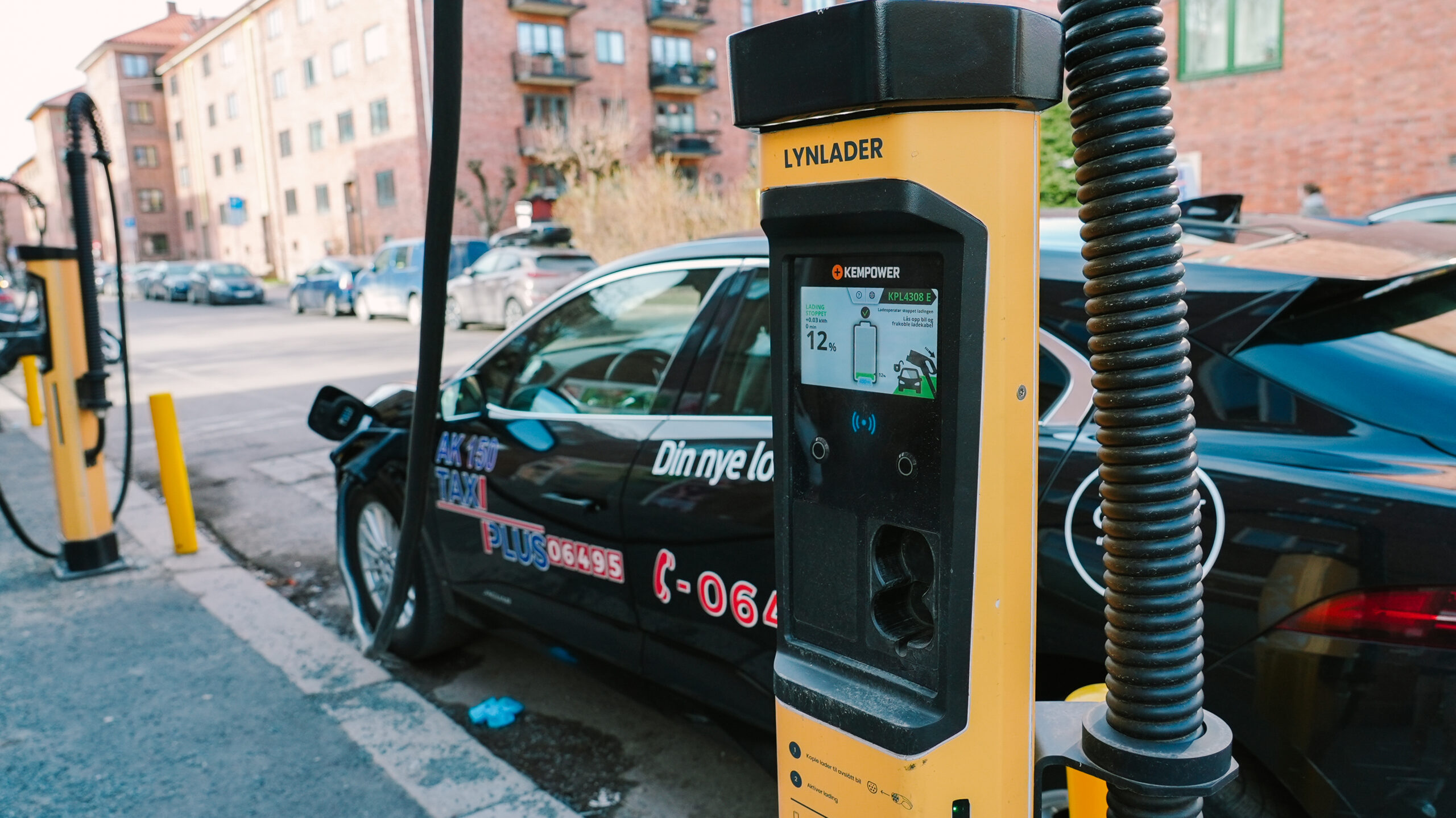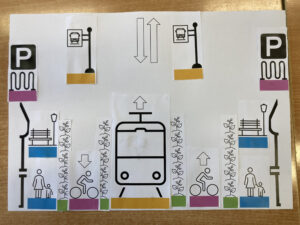As European cities accelerate their shift to electric vehicles (EVs), building an efficient, scalable charging network has become a critical urban challenge. In Oslo, a city with a bold ambition to reduce emissions by 95% by 2030, this transition is being supported by data-driven innovation. A recent pilot project brought together the City of Oslo and the Norwegian startup SurplusMap to reimagine how cities plan and manage EV charging infrastructure.
The urban challenge
Oslo is at the forefront of the EV transition. With a municipal goal to achieve a 100% zero-emission vehicle and machinery fleet by the end of 2025, the city faces a pressing need for extensive and efficient charging infrastructure. “EV infrastructure is expensive, takes up a lot of space, and can have a real impact on the power grid,” explained Mabel Wannebo, Sustainability Advisor in the City of Oslo’s Agency for Improvement and Development. “That’s why optimising how and where we invest in it is so important”.
One of the core challenges, Wannebo noted, is understanding the real usage of chargers and ensuring infrastructure is smartly deployed across the city. Optimising EV infrastructure would not only free up valuable urban space and but also lower costs by enabling grid charging points to be shared by several actors.
A predictive, data-driven solution
SurplusMap, an Oslo-based deep tech startup, brought AI and geospatial analytics into the heart of this urban challenge. “Too often, EV infrastructure gets deployed based on guesswork,” said Reinier van Gageldonk, SurplusMap’s Co-founder and Chief Commercial Officer. “That’s where we come in — SurplusMap uses predictive analytics to show cities where chargers are needed most, and how demand will evolve.”
In collaboration with the City of Oslo, the project mapped 118 city-owned EV chargers. SurplusMap then developed an AI model capable of forecasting charging demand up to 72 hours in advance. “We also developed a live dashboard that lets city staff track charger use and energy needs in real time. It’s a practical tool — designed to support smarter planning and faster decision-making,” said SurplusMap CEO and Founder Luis de Ita Maubant.
Demonstrated results
For the City of Oslo, the pilot project delivered concrete insights into the current and future use of charging infrastructure. “The biggest takeaway from this pilot was how powerful data can be,” said Wannebo. “We could actually see how chargers are used today — and plan better for the infrastructure we’ll need tomorrow.”
The project also highlighted the opportunity for infrastructure sharing across city departments and potentially with other mobility partners. “It showcased the potential of using data… to see the usage in context of other data sets,” Wannebo explained.
A broader impact
The implications go far beyond Oslo. “This is a major challenge and a growing one,” van Gageldonk said. “Cities across Europe are planning millions of chargers. If those assets are placed inefficiently, it affects driver experience, urban mobility goals and energy coordination”.

For SurplusMap, the project validated a solution with potential for Europe-wide adoption. “Cities like Oslo will benefit in several ways… they can identify where to add chargers, where to hold off, and how to improve coverage across different neighbourhoods,” van Gageldonk added.
Powered by partnership
The collaboration was enabled by EIT Urban Mobility, which provided both funding and a platform for co-development. “EIT Urban Mobility has been a fundamental part of our journey,” said de Ita Maubant. “We started by joining one of their accelerators… then we received support to run pilots that really pushed our technology forward.”
Van Gageldonk echoed this: “It wasn’t just about funding — it was about building relationships, validating our solution in a complex urban environment, and laying the foundation for scaling across Europe”.
SurplusMap will continue to develop and test their solution after being awarded funding for an extension project, during which they will target large mobility hubs, with Berlin Brandenburg Airport as the pilot partner. Large mobility hubs, like airports, represent a growing market for EV charging infrastructure as they adapt to increasing EV adoption and sustainability goals. This pilot will use SurplusMap’s platform to map existing infrastructure, integrate real-time data, and explore AI-powered forecasting to provide actionable insights for optimising operations. The project will create a replicable framework for mobility hubs across Europe to grow and innovate with EV infrastructure, by turning EV charging into a profitable and scalable business line.
A smarter, more sustainable future
The project underscored that EVs are more than just cars — they are part of a wider system transformation. “With the right tools, cities can lead the way toward cleaner air, better services, and a more sustainable future,” said de Ita Maubant.
By turning complex data into actionable insights, SurplusMap is setting a new standard for smart urban planning. Their work with the City of Oslo is a model of innovation and collaboration that could shape the next generation of mobility infrastructure across Europe.




